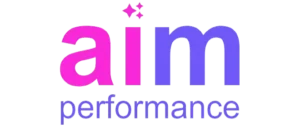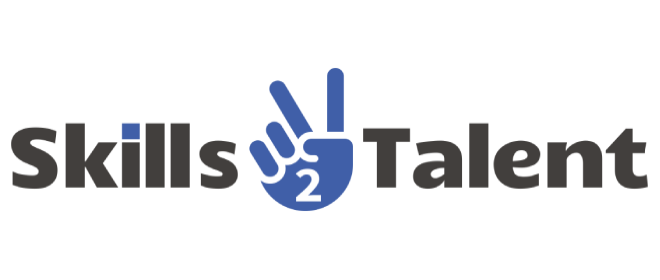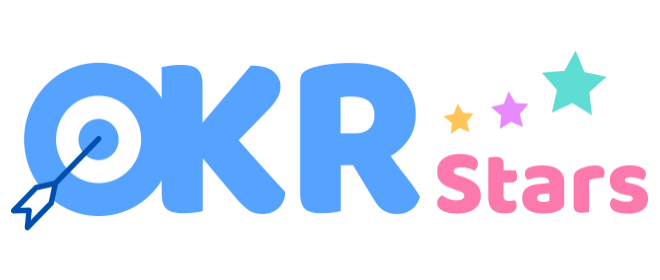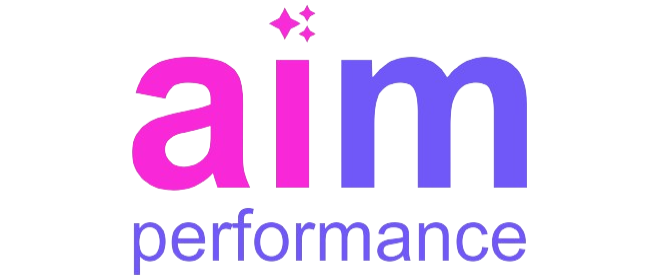In the realm of performance management, setting clear and attainable goals is crucial. Smart goals, an acronym for Specific, Measurable, Achievable, Relevant, and Time-bound, provide a framework that enhances productivity and satisfaction across various job categories. This blog explores how smart goals in performance management can be beneficial for white collar, grey collar, and blue collar workforce.
Understanding Smart Goals
These objectives offer a structured approach to setting targets. By being specific, goals provide a clear direction, which is essential for maintaining focus. Measurability ensures that progress can be tracked, enabling timely adjustments. Achievability guarantees that goals are realistic, preventing employee burnout. Relevance ensures alignment with broader organizational goals, while time-bound aspects create a sense of urgency and prioritization.
Specific Goals for Clarity
Specific goals eliminate ambiguity, making it easier for employees to understand what is expected of them. For instance, a white collar employee might have a goal to “increase quarterly sales by 10%,” while a blue collar workforce might aim to “reduce production errors by 5% in the next month.” This clarity helps in aligning individual efforts with organizational objectives.
Measurable Goals for Progress Tracking
Measurability allows for monitoring and evaluation. Grey collar workforce, who often juggle both manual and administrative tasks, benefit greatly from measurable goals. For example, setting a goal to “complete 80% of maintenance requests within 24 hours” provides a tangible benchmark for performance assessment.
Achievable Goals for Motivation
Setting achievable targets is vital for maintaining motivation. Unrealistic goals can lead to frustration and disengagement. For white collar workforce, an achievable goal might be “complete a professional certification within six months,” while for blue collar workforce, it could be “master the operation of a new machinery by the end of the quarter.” These attainable targets foster a sense of accomplishment and encourage continuous improvement.
Relevant Goals for Alignment
Relevance ensures that objectives are aligned with the broader mission of the organization. For example, a target for a grey collar workforce might be “implement a new inventory tracking system to reduce stock discrepancies by 15%.” This goal not only enhances individual performance but also contributes to the efficiency and effectiveness of the entire organization.
Time-Bound Goals for Prioritization
Time-bound goals create a sense of urgency and help in prioritizing tasks. White collar employees, for instance, might have a goal to “develop and launch a new marketing campaign within three months.” For blue collar workforce, a time-bound goal could be “complete the scheduled maintenance of all equipment within the next four weeks.” This aspect ensures that efforts are directed towards timely completion of tasks.
Benefits of Smart Goals for White Collar Workforce
Smart goals in performance management are particularly beneficial for the white collar workforce, which primarily engages in professional, managerial, or administrative work. These employees thrive on clear objectives that challenge their intellectual and creative abilities.
Enhanced Productivity
By setting smart goals, white collar employees can focus on high-priority tasks that align with their strengths and job roles. For example, a project manager might set a smart goal to “reduce project delivery times by 20% within six months,” which enhances productivity and project outcomes.
Professional Growth
Smart goals also contribute to professional development. For instance, a marketing professional might aim to “complete a digital marketing course and apply new strategies to increase social media engagement by 30% within six months.” Such goals not only improve job performance but also facilitate career advancement.
Benefits of Smart Goals for Grey Collar Workforce
Grey collar workforce, who perform a mix of manual and administrative tasks, benefit from the structured approach of smart goals in performance management. These employees often face unique challenges that require a balance of practical and strategic thinking.
Improved Efficiency
Smart goals help grey collar workforce manage their diverse responsibilities more effectively. For example, a facility manager might set a goal to “implement a new energy-saving program to reduce utility costs by 10% within the next quarter.” This not only improves operational efficiency but also aligns with organizational sustainability goals.
Skill Enhancement
By setting smart goals, grey collar workforce can focus on skill enhancement. A maintenance supervisor, for instance, might aim to “complete advanced training in HVAC systems and reduce repair times by 15% within six months.” This enhances both individual and team performance.
Benefits of Smart Goals for Blue Collar Workforce
Blue collar workforce, engaged in manual labor or skilled trades, also reap significant benefits from smart goals in performance management. These goals provide clear directives that enhance job performance and satisfaction.
Increased Job Satisfaction
Clear and attainable goals lead to higher job satisfaction among the blue collar workforce. For example, a production line workforce might have a goal to “increase output by 10% while maintaining quality standards within the next quarter.” Achieving such goals provides a sense of accomplishment and recognition.
Safety and Compliance
Smart goals can also focus on safety and compliance. A warehouse employee might set a goal to “complete all safety training modules and achieve zero workplace accidents within the next six months.” Such goals ensure a safer working environment and adherence to regulations.
Integration Across Workforce Categories
One of the key advantages of smart goals in performance management is their adaptability across different workforce categories. This integration fosters a cohesive and collaborative work environment.
Unified Objectives
By aligning targets with organizational objectives, companies can ensure that all employees, regardless of their job category, are working towards common goals. This creates a unified effort that drives overall business success.
Cross-Departmental Collaboration
Setting clear targets encourages cross-departmental collaboration. For instance, a goal to “reduce product defects by 15% within six months” might involve quality control, production, and supply chain departments. This collaborative effort enhances problem-solving and innovation.
Measuring Success and Adjusting Goals
Continuous measurement and adjustment are essential components of smart goals in performance management. This dynamic approach ensures that goals remain relevant and achievable.
Regular Reviews
Conducting regular performance reviews helps in assessing progress and identifying areas for improvement. For example, quarterly reviews can provide insights into whether employees are on track to meet their targets and what adjustments are needed.
Adapting to Change
These goals should be flexible enough to adapt to changing circumstances. For instance, if market conditions shift, a sales team might need to revise their goal from “increasing sales by 15%” to “retaining existing clients and stabilizing revenue.” This adaptability ensures sustained performance.
Technology and Smart Goals
Leveraging technology can significantly enhance the effectiveness of clear targets in performance management. Digital tools and platforms provide valuable support for setting, tracking, and achieving goals.
Performance Management Software
Performance management software can streamline the process of setting and monitoring clear objectives. These tools offer features such as goal tracking, performance analytics, and feedback mechanisms, making it easier for employees and managers to stay aligned and focused.
Data-Driven Insights
Using data-driven insights can enhance goal setting. For example, analyzing past performance data can help in setting more realistic and achievable goals. Additionally, real-time data tracking provides immediate feedback, enabling timely interventions.
Conclusion
Smart goals in performance management offer a robust framework for enhancing productivity, motivation, and satisfaction across white collar, grey collar, and blue collar workforce. By being specific, measurable, achievable, relevant, and time-bound, these goals provide clear direction and foster a unified, efficient, and collaborative work environment. Leveraging technology and continuous assessment ensures that these goals remain relevant and drive sustained performance.











